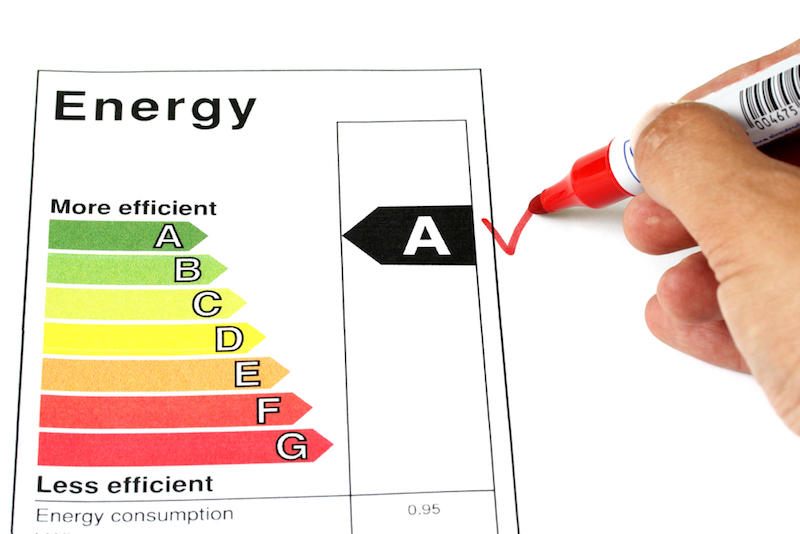Making your home more energy-efficient can help you do your part to protect the environment while also letting you save on your energy bill every month. How can you do that? You could focus on insulation, or your doors and windows, but the best place to begin is with your HVAC systems. One of the best ways to cut back on your energy use is to invest in a more energy-efficient heating system. However, not all energy-efficient heating systems are the same. They come in many different forms and use many kinds of technology, so which type is best for your home? Let’s look at the factors that you need to consider when choosing one so you can more easily lower your heating bill.
Compare and Contrast Energy Efficiency and Cost
The home heating system with the highest energy efficiency may not save you the most money, mainly because the cost of a home heating system, even among the efficient ones, will vary. For example, heating systems that are 10% more efficient than an alternative option may cost you twice as much to install. As a result, it takes longer to “pay back” the unit’s cost in terms of energy savings.
These costs aren’t just affected by the systems themselves either. You may also find a disparity in installation costs, especially if you already have one kind of heating system installed and you want to switch to energy-efficient heating of a different type. For example, if you already have an electric resistance heating system installed in your home, then replacing it with a gas furnace or an oil-powered boiler system may be more expensive.
To get a better idea of which type of home heating systems will lower the heating bill the most, seek professional insight into your home’s needs.
Suppose being more environmentally friendly is your primary concern and you have the room in your budget. In that case, you should instead focus on which energy-efficient heating system will use the least amount of energy, rather than looking for the lowest installation cost.
Consider What Type of Distribution System You Want to Use
Although your energy-efficient heating system will generate the energy that you need to warm up your home during the winter, it doesn’t alter each room’s climate on its own. For this, you need a home heating distribution system. There are several pros and cons for each home heating distribution system for you to consider, but none of this matters if it isn’t compatible with your primary heating system. As such, you must consider how compatible your home heating distribution system of choice is with your energy-efficient heating system. It’s especially important if you plan on continuing to use the distribution system that is already installed in your house.
Check out this list of the most popular home heating distribution systems, and which primary heating systems they are compatible with.
Radiant heating systems
These energy-efficient heating systems use coils underneath your floors or walls to radiate warm energy throughout a room. They are compatible with the following types of heating systems:
- Boilers
- Heat pumps
- Solar heating
- Electric heating
- Radiant steam
Radiant Steam
These distribution systems disseminate warmth through a room via radiators, which pump hot water through large metal coils. They are compatible with the following types of heating systems:
- Boilers
Forced Air/Ducted Systems
These distribution systems use the heating system’s heat energy to force pockets of warm air through a room. They are compatible with the following types of heating systems:
- Furnaces
- Heat pumps
- Electricity
- Solar heating
Hot Water Baseboards
These distribution systems radiate heat throughout a room via baseboards, through which hot water flows. They are compatible with the following types of heating systems:
- Boilers
- Solar heating
Electric Baseboards
These distribution systems use electric baseboards to convert electric energy into heat and then radiate warmth throughout a room. They are compatible with the following types of heating systems:
- Electric Resistance
Making your home more energy-efficient requires you to consider all factors, from installation cost and long-term energy usage to compatibility with your home’s existing systems. Which energy-efficient heating systems made your shortlist?

